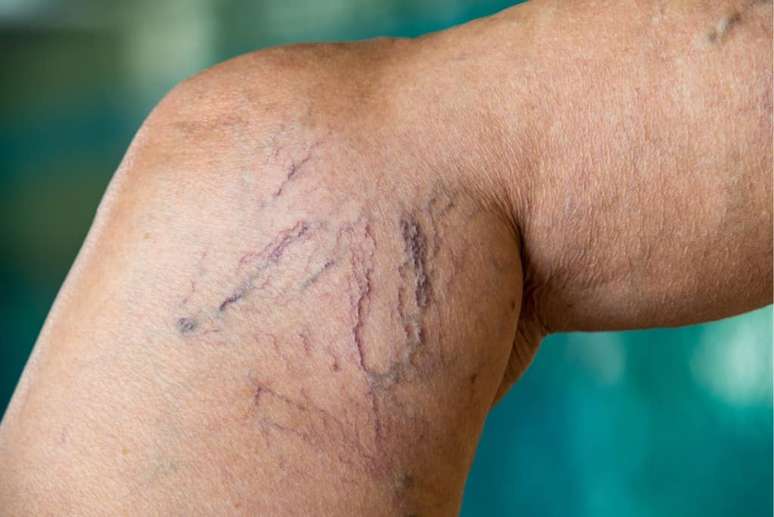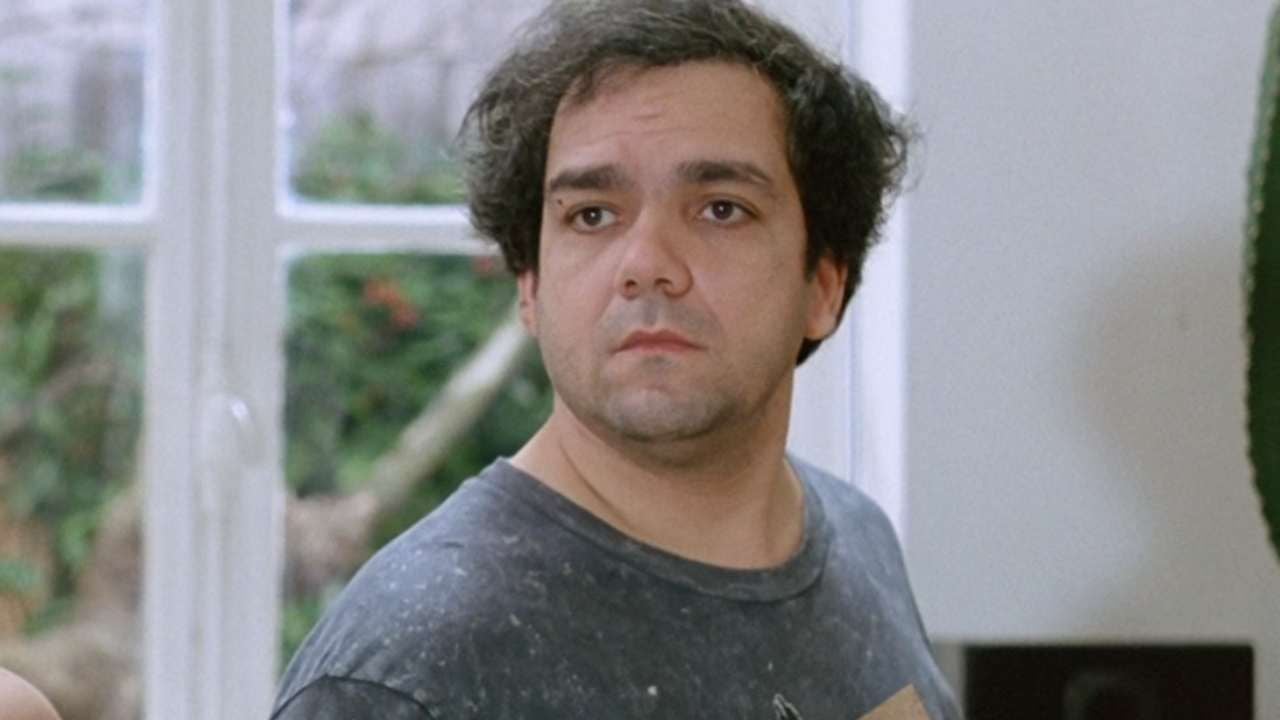Although not recommended, air travel is possible after complete recovery from treatment.
People who undergo surgery to treat varicose veins often have concerns about whether or not they can travel by air immediately after surgery. This is because, as is generally known, this type of travel can cause complications for those suffering from varicose veins, especially if the trip is long. The greatest risk is traveler thrombosis, also known as Economy Class syndrome.
“It is a rare disease, but very underestimated, considering that thrombosis can occur even hours after the flight, when the person is already at the destination,” explains vascular surgeon and angiologist Aline Lamaita, member of the Brazilian Society of Angiology and Surgery Vascular. “Air travel increases this risk because standing still for a long time without moving the calf slows the blood inside the vessels. Furthermore, we have the pressurization of the passenger compartment and air conditioning in general, which cause dehydration with a consequent increase in blood viscosity (making the blood thicker); we also drink, in general, little liquid to avoid going to the airplane bathroom, worsening dehydration; some people like to take a tranquilizer to sleep during the flight (which increases the immobility even more); and the use of alcoholic beverages worsens the condition.”
For this reason you need to be careful when traveling after varicose vein surgery, which already indicates a vascular problem.
According to the Caprini Score, which determines the intrinsic risk of thrombosis, recent surgery, less than 30 days, is considered a risk factor for thrombosis. Therefore, it is ideal to wait a period of 30 days after any surgery to take long-distance flights, lasting more than 3 hours. However, if your trip cannot be postponed, you can take steps to minimize the risk. The issue should be discussed with the doctor who monitored the situation, but, in general, explains the vascular surgeon, the passenger who has undergone surgery for varicose veins should not keep his legs in the same position for the entire journey.
“Especially on longer trips, try to walk down the aisle whenever possible; use compression stockings as directed by your doctor; move your knees, calves, ankles and toes; drink lots of fluids; avoid tight clothing and never spend the whole time sitting or with your legs crossed. Other measures may be recommended by your doctor, such as the use of anticoagulants. Therefore, the ideal is to always contact the vascular surgeon so that he can adequately guide the measures to be taken”, he recommends.
Nowadays there are several less invasive procedures to treat varicose veins, including Clacs and endovenous laser, both of which have a quicker recovery. According to the doctor, Clacs is a procedure that combines non-invasive laser and glucose injections (and there is no problem for diabetics). “After using the laser, glucose is applied to the vein (which is already sensitized by the laser shot). Blood flow slows and allows glucose to stay in contact with the blood vessel longer, which dries it out,” he explains.
In general, one to three sessions, at monthly intervals, resolve the problem. Recovery is faster and requires only a week without sun exposure. The endovenous laser is performed without cuts: the vein is pierced and a fiber is inserted through an introducer inside it. “The tip of the fiber is placed in the groin (guided by ultrasound). The other end of the fiber is then connected to a laser or radiofrequency device that will release energy that burns the vein,” he says.
“The fiber is then slowly removed while the vein is cauterized throughout the segment to be treated. The interesting thing is that the vein is not removed, it will be burned and will transform into a fibrous cord (a scar) no longer participating in the circulation of the legs”, he comments.
Convalescence lasts from four to six days, but any discharge for the flight is up to the doctor who carried out the operation and will be able to evaluate the risk that this decision entails.
Finally, the doctor underlines that, being chronic and hereditary, the disease does not have a definitive cure and the treatments only aim to control the problem, improving the quality of circulation and the aesthetic appearance of the legs.
“The treatments act directly on the diseased vein and are permanent for that vein, as it is normally removed or destroyed, so it is unlikely to regain blood flow. However, it may happen that over the years new varicose veins appear in other locations or even in the same location. This is why it is so important to adopt preventive measures: avoid being overweight, eat healthily, don’t often wear uncomfortable shoes, don’t smoke and avoid a sedentary lifestyle,” he concludes.
inspires transformation in the world of work, in business, in society. Compass, a content and connection agency, is born.
Source: Terra
Ben Stock is a lifestyle journalist and author at Gossipify. He writes about topics such as health, wellness, travel, food and home decor. He provides practical advice and inspiration to improve well-being, keeps readers up to date with latest lifestyle news and trends, known for his engaging writing style, in-depth analysis and unique perspectives.





![Un Si Grand Soleil preview: Tuesday, November 4, 2025 episode recap [SPOILERS] Un Si Grand Soleil preview: Tuesday, November 4, 2025 episode recap [SPOILERS]](https://fr.web.img3.acsta.net/img/6f/6d/6f6dc689d8fd8b69af5b4d56af2890e5.jpg)
-1hrdo3g2pvj1u.jpg)


